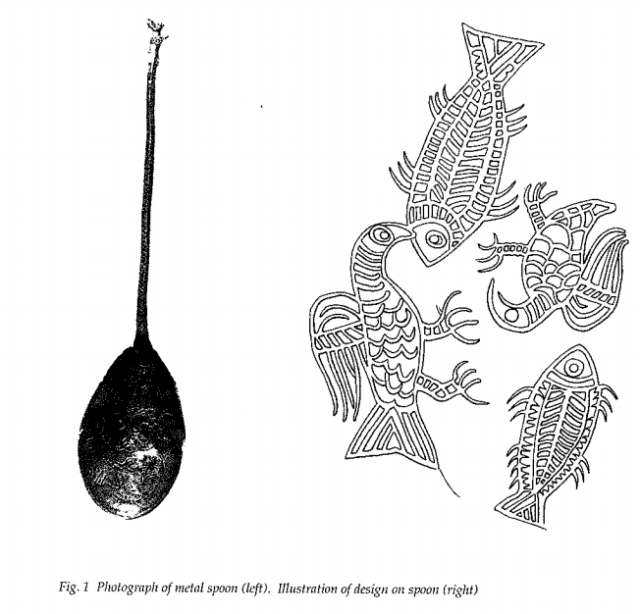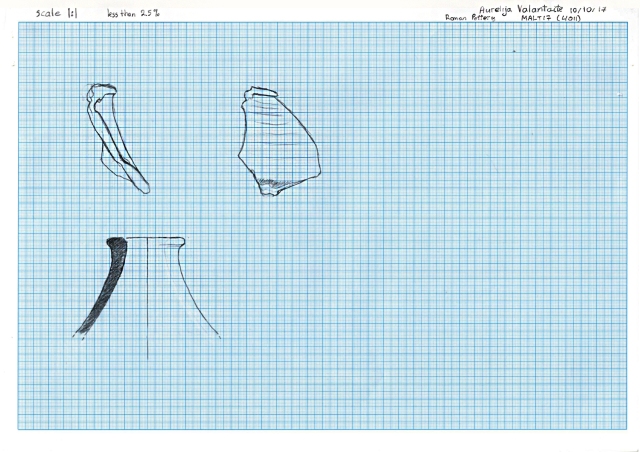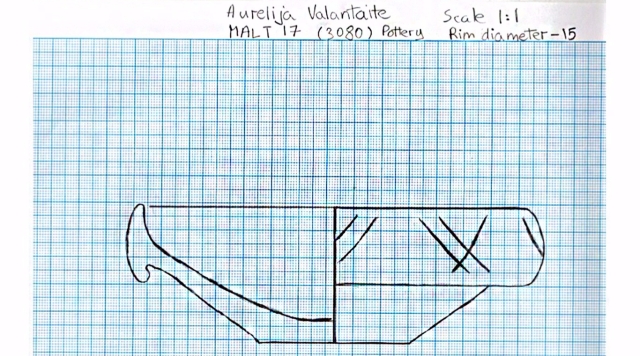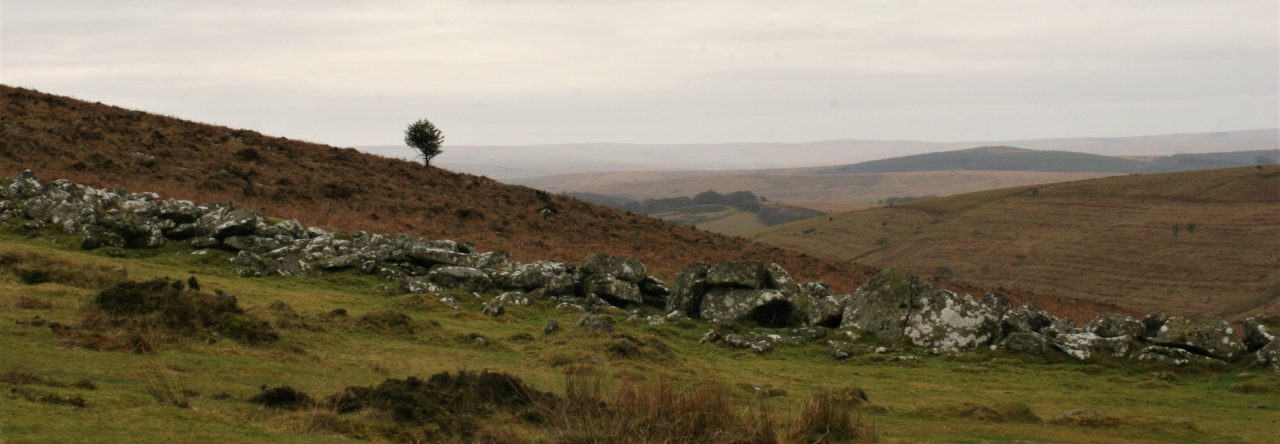
I find illustration as an important medium to communicate archaeological data, whether it is an artifact or a reconstruction of a house, settlement or the whole landscape. Illustration is particularly important for recording artifacts as it can reveal more clearly little details of decoration, texture of the surface or little visible patterns where a photograph could not (Fig. 1). It could also be more cost effective, compared to some other recording methods. However, it is more than likely that in the future, with further developments in technology and eventually lower prices and better accessibility, we will find even better ways to record artifacts, particularly having in mind 3D scans and modelling, which can show every single detail of an object with a 100% clarity, and especially important for making reconstructions of fragile artifacts (English Heritage 2011, 27).

I have chosen to do an illustration of one of the Roman pottery pieces from Malton excavations we did in spring (Fig. 2). I have chosen this particular piece because it had an interesting enough shape with some curvature and little indication of the rim, also some evidence of colour change at the bottom of it from reddish to burnt brown, which I tried to indicate by shading in the front drawing of the piece. These are scale drawings in profile and front of the artifact. For a profile drawing I have chosen a dropped-pencil technique (Adkins and Atkins 1989, 159) as it is quite quick and simple, especially as the form of a sherd was not too complicated to draw, and for the front I have just traced around the object. I also included a standard profile/section drawing to show the thickness of the sherd as it gets slightly thinner from the top towards the bottom. Measuring pot radius using radius curve guides couldn’t provide an accurate estimate as very little of the actual rim survived. It is also required to do more referencing within similar Roman pottery samples to be able to make a reconstruction of the actual full shape of the pot. However, it is possible to classify it as likely a jar type vessel, based on the surviving shape of a sherd (Collett 2008, 6)

I also decided to do another scale drawing of a different piece of pottery (Fig. 3). I used gauges and calipers to draw the shape as accurate as possible. I have chosen this piece, because it had a full base and part of a rim so I could later in the module produce a 3D reconstruction of the whole pot.
These drawings eventually could be used in any book, journal article or report about Roman pottery as another reference sample. It would be particularly useful for the audience interested in Roman Britain pottery especially in Yorkshire area, or Malton, and for anyone doing a research on this kind of pottery as a reference. As it was found at the occupation layers just outside the Roman fort in Malton, with a broader understanding of its context, it can provide some information about type of occupation, wealth, possible trade routes within Yorkshire area and even the whole Roman Britain, so it can reach any audience interested or specialising in this type of field of expertise.
Bibliography:
Adkins, L. and Adkins, R. (1989). Archaeological illustration, Cambridge. New York: Cambridge University Press.
Collett, L. (2008). An introduction to drawing archaeological pottery. The Association of Archaeological Illustrators and Surveyors.
English Heritage, Barber, D., Mills, J. and Jones, D. M. (2011). 3D laser scanning for heritage: Advice and guidance to users on laser scanning in archaeology and architecture. Swindon: English Heritage.
Griffiths, N., Jenner, A. and Wilson, C. (1991) Drawing Archaeological Finds: a Handbook. London: Archetype Publications.
